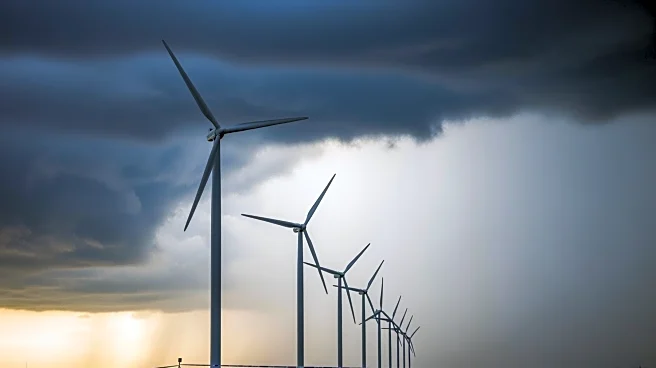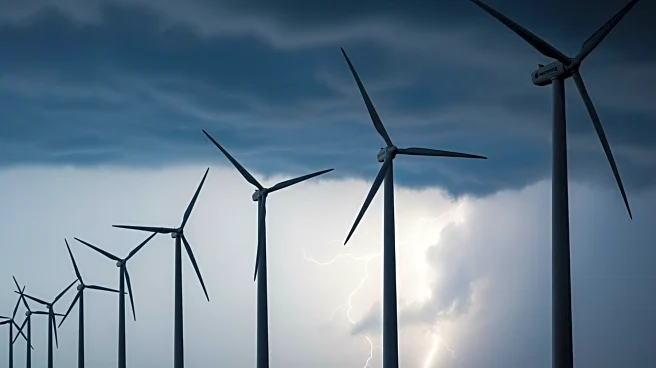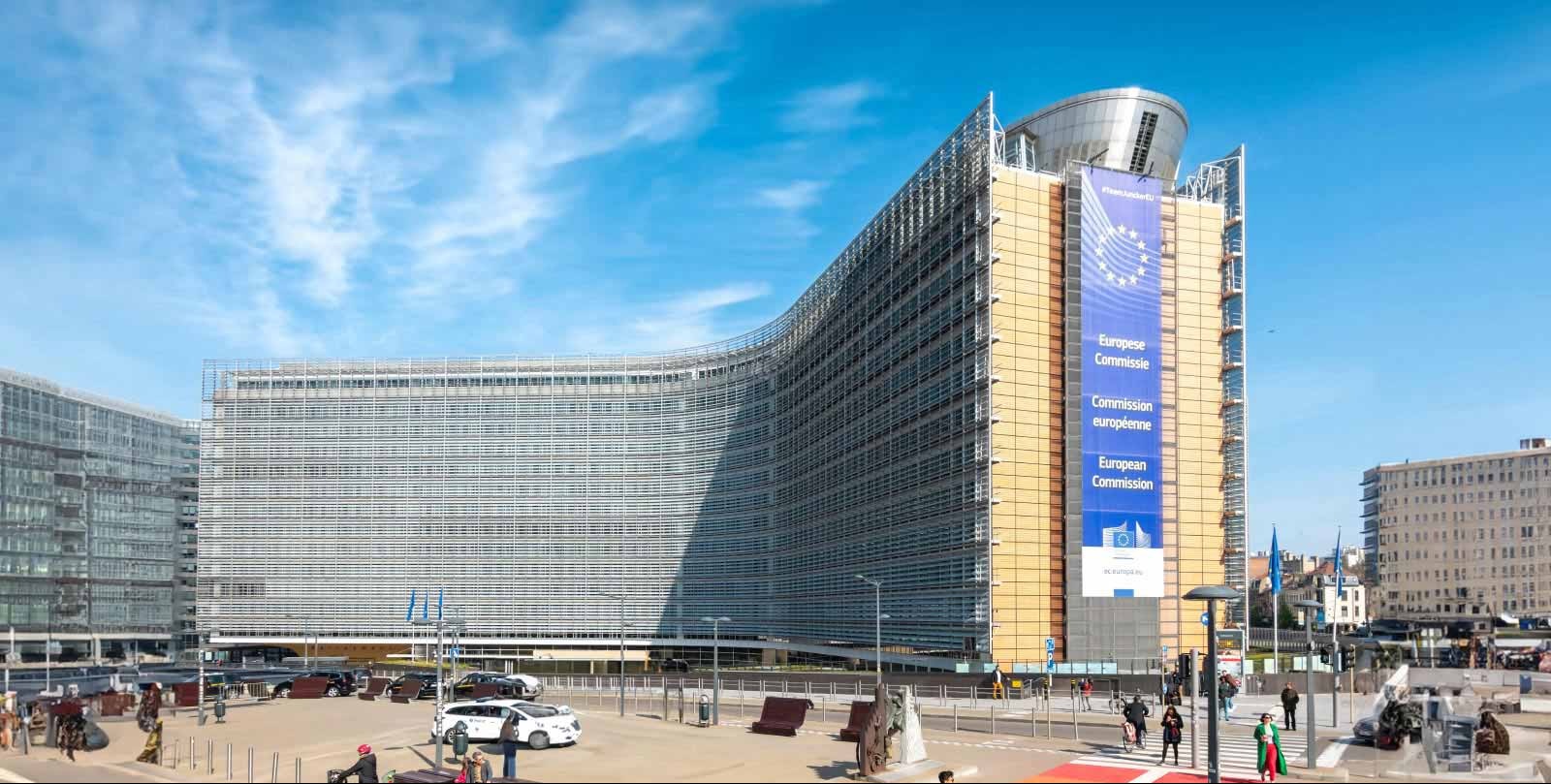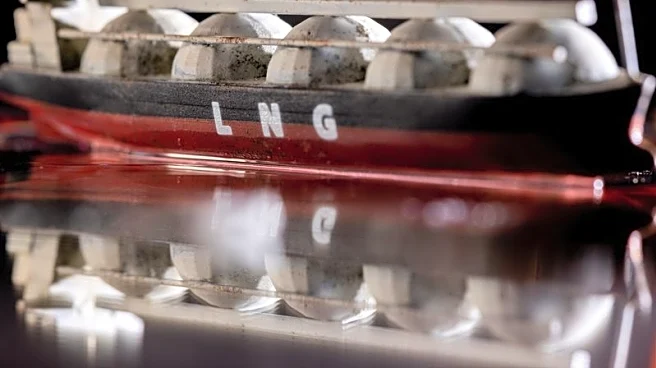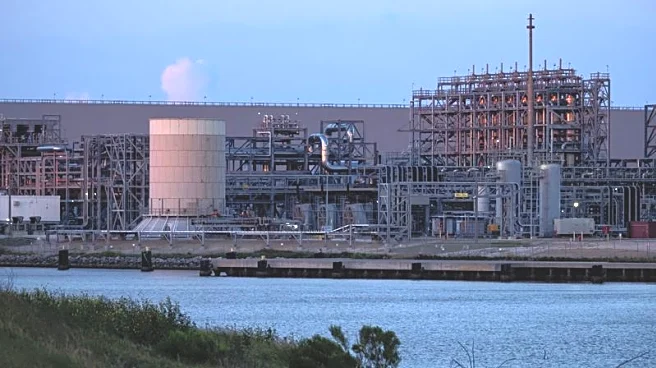What's Happening?
A recent study highlights the growing threat to wind farms from increasingly intense storms driven by climate change. Researchers from the Southern University of Science and Technology in Shenzhen have
found that over 40% of existing and planned offshore turbine farms in Europe and Asia are exposed to wind speeds beyond their design limits. The study focuses on Class III turbines, which are designed for milder conditions and are widely used in Europe, Asia, and the United States. These turbines are cheaper due to lower structural strength requirements, but they are vulnerable to extreme wind events. The study underscores the need for more robust turbine designs to withstand the intensifying storms.
Why It's Important?
The findings of this study have significant implications for the renewable energy sector, particularly in regions prone to severe weather events. As climate change continues to amplify the intensity of storms, the resilience of wind farms becomes crucial for maintaining energy production and preventing economic losses. The study suggests that more than half of existing wind farms are located in areas where extreme wind speeds are projected to increase, highlighting the urgent need for technological advancements in turbine design. This could lead to increased costs for wind farm operators and impact the overall growth of renewable energy infrastructure.
What's Next?
The study suggests that the technology to withstand extreme wind events already exists, with typhoon-resistant turbines capable of handling higher wind speeds. However, these models are more expensive, posing a financial challenge for widespread adoption. As climate change progresses, stakeholders in the renewable energy sector may need to invest in these more robust designs to ensure the sustainability and safety of wind farms. Additionally, further research and systematic assessments of energy production losses during extreme wind events could inform future strategies for wind farm development.
Beyond the Headlines
The study raises ethical and economic questions about the balance between cost and resilience in renewable energy infrastructure. As climate change continues to pose challenges, the industry must consider long-term sustainability and the potential for increased natural disasters. The need for more resilient designs may drive innovation but also require significant investment, potentially affecting energy prices and accessibility.
